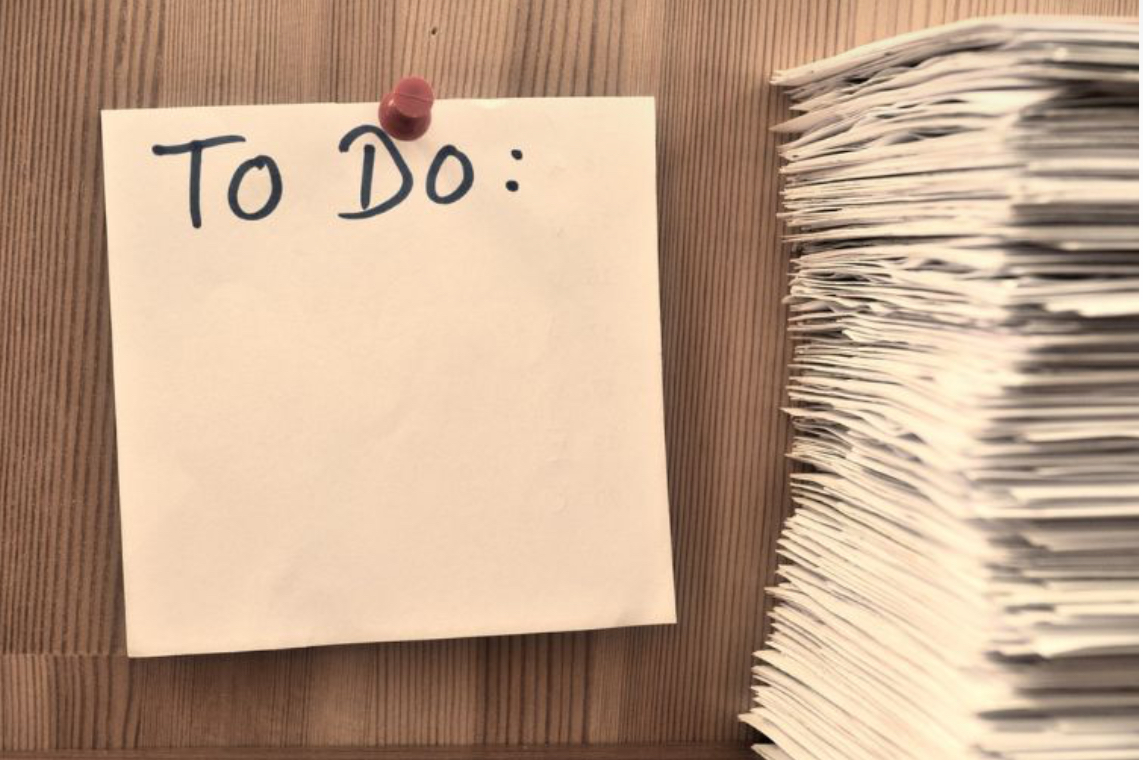With each passing year, the list of LGBTQ documentaries continues to grow and includes classics such as “Paris Is Burning,” “A Secret Love,” “The Celluloid Closet,” “Brother Outsider,” “We Were Here,” and “The Times of Harvey Milk.” Marc Saltarelli’s “Studio One Forever” (Gravitas Ventures), which was popular at multiple film festivals, is among the latest arrivals.
While many of us are familiar with the historically significant events that took place in New York and San Francisco, somehow the Los Angeles-region has been overlooked. “Studio One Forever” shines a light on the legendary West Hollywood gay bar Studio One, providing a personal and visual history of the venue and its patrons.
As it opens, we learn that in 2018 the factory building that formerly housed Studio One was slated for demolition to make way for an upscale hotel and restaurant. This news led to the reunion of a group of gay men – former staff and regulars – who had hopes of changing the future of the site (which was now a straight bar). Among them are WeHo City Councilman John Duran, front bartender Michael Koth, and Lloyd Coleman, who produced shows in Studio One’s performance space, the Backlot.
Like many bar origin stories, Studio One’s involves a collection of fascinating characters. Founder Scott Forbes, described as a “gorgeous, hot guy,” who liked young blondes, gave up his gig as an eye doctor to team up with Harley-riding Michael Solomon, and convert The Factory, a private discotheque frequented by movie stars, into Studio One. Inspired by the former Mitchell Camera factory’s lights and rafters, the space became Studio One, because Forbes wanted it to be “something reminiscent of a Hollywood Studio.”
Through interviews with countless patrons and staff members, as well as many well-known celebrities including Bruce Vilanch, Thelma Houston, photographer Greg Gorman, performer (and ½ sister of Barbra Streisand) Roslyn Kind, Chita Rivera, singer Julie Budd, gay singers Sam Harris and Brian Lane Green, actress Liz Torres, actor Leigh McCloskey (whose 1977 TV movie “Alexander: The Other Side of Dawn” was filmed at Studio One), Felipe Rose (of the Village People, whose 1980 box-office flop “Can’t Stop The Music” was also filmed at Studio One), the bar is given its due.
On a more serious note, the impact and trauma of the AIDS crisis on the bar, its staff and patrons, beginning in the 1980s, takes the doc in an emotionally devastating direction. Additionally, the death of the HIV+ Forbes, from post-surgical complications, also has an effect on the mood of the doc.
As a variation on the old plot twist involving the gun in the first act, at the conclusion, we return to the pending city council vote regarding the developers’ plan for the former Studio One location. No spoilers here, but the finale certainly suggests a kind of fairy tale ending.
Rating: B


